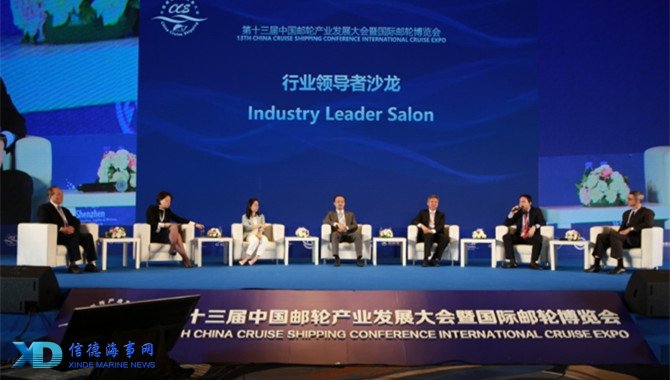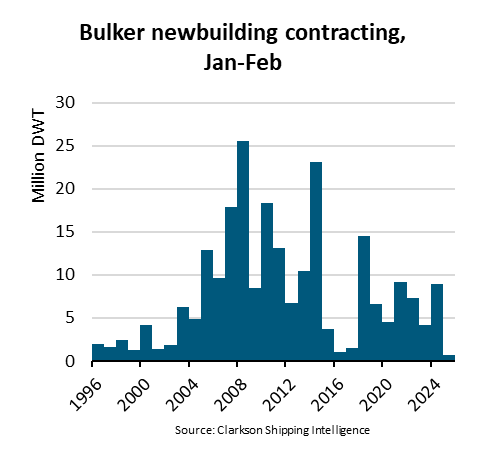
The Chinese cruise industry is working on initiatives to stabilize its business environment including negotiating pricing agreements, said Qiang Wu, co-chairman of the China Cruise and Yacht Industry Association (CCYIA) and former president of China State Shipbuilding Corporation, speaking at China Cruise Shipping 13.
Wu said the market was temporarily in a transition and readjustment stage, which was necessary for future success.
Helen Huang, president Greater China for MSC Cruises, said the market was in a critical point in time.
She noted cruise lines responding to challenges in the market with varying strategies. For MSC Cruises, a gradual build up with see the Splendida stay for the 2019-2020 winter, offering new homeports, including Shenzhen. The new MSC Bellissima will enter the market in 2020.
Cherry Wang, vice president and general manager, China, Princess Cruises, said that after a decade of growth, cruise lines will now need to focus on quality over quantity, noting challenges with pricing.
Bernie Ye, vice president of sales and commercial for Costa China, also painted a picture of a readjustment period, and said other cruise lines in the market were not spending enough on advertising.
“We have to advertise cruise as a lifestyle and spend time and effort building and differentiating our brands,” said Ye.
“When Chinese passengers leave the cruise vessels, they don’t even know the ship’s name,” he continued. “We have to work on the branding of the vessel, and providing diversified choices.”
He said Costa has been adjusting its sales model, but still relies mainly on travel agents in China.
Of note is an expanded effort to add more mixed itineraries.
Early next year the company will offer a round-trip China sailing over 53 nights in partnership with Caissa, a major tour operator.
Simon Zhang, senior vice president and head of sales for Genting Cruise Lines, said that Dream Cruises entered into the South China market when the Genting Dream debuted in 2016, avoiding the charter model.
“We started without the charter model,” Zhang said. “Instead we involved more travel agencies and other players, accepting small bookings of three or five staterooms. By doing so we distributed the risk. Of course, this model involves a lot of work as we need to follow up with many travel agencies.”
Tong Jiangfeng, chief port operation officer, Royal Caribbean International, said that Royal Caribbean aims to have 25 to 30 percent of its passengers in China sourced directly in 2019, up from 20 percent this year.
“This year we did not have many charters and next year it will be zero,” he said. “We are working hard to acquire more distribution channels … the sales channels have to be diversified.”
Jeff Bent, managing director, Worldwide Cruise Terminals, which runs Kai Tak in Hong Kong, said that he hoped cruise lines and ports would better work together in building offerings, including working with port cities of neighboring countries in Southeast Asia.
Sources:Cruise Industry News
Please Contact Us at:
admin@xindemarine.com


 Ningbo Containerized Freight Index Weekly Commentar
Ningbo Containerized Freight Index Weekly Commentar  Ningbo Containerized Freight Index Weekly Commentar
Ningbo Containerized Freight Index Weekly Commentar  Ningbo Containerized Freight Index Weekly Commentar
Ningbo Containerized Freight Index Weekly Commentar  BIMCO Shipping Number of the Week: Bulker newbuildi
BIMCO Shipping Number of the Week: Bulker newbuildi  Ningbo Containerized Freight Index Weekly Commentar
Ningbo Containerized Freight Index Weekly Commentar  Ningbo Containerized Freight Index Weekly Commentar
Ningbo Containerized Freight Index Weekly Commentar